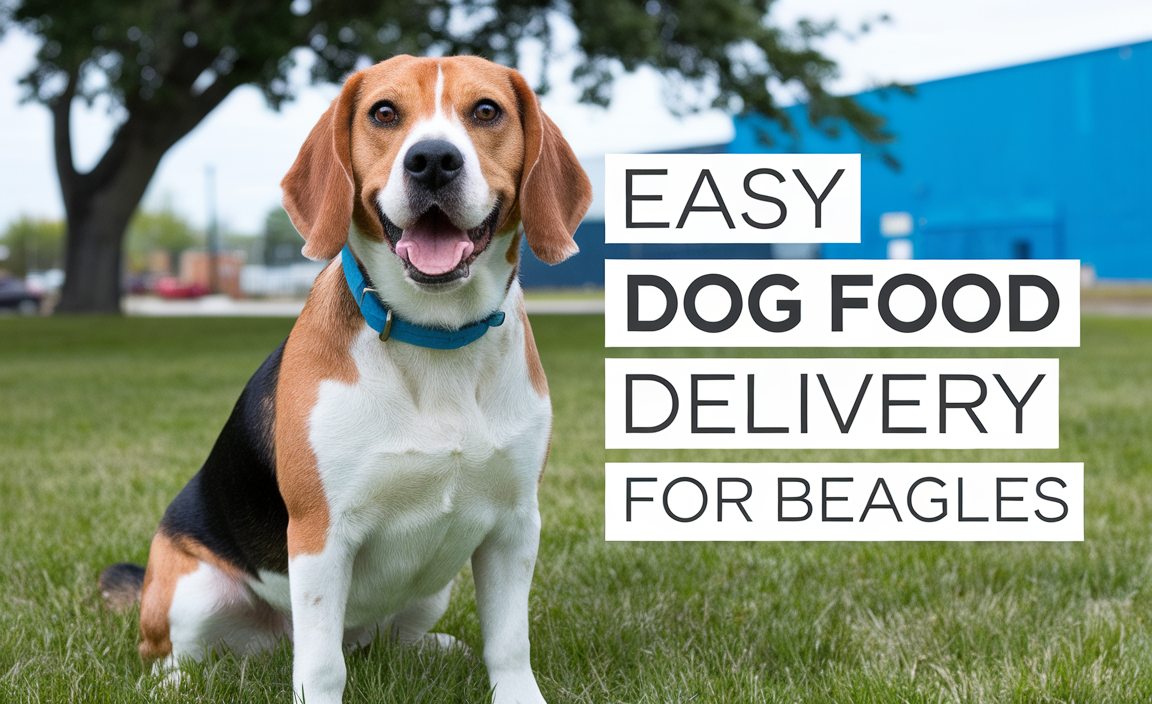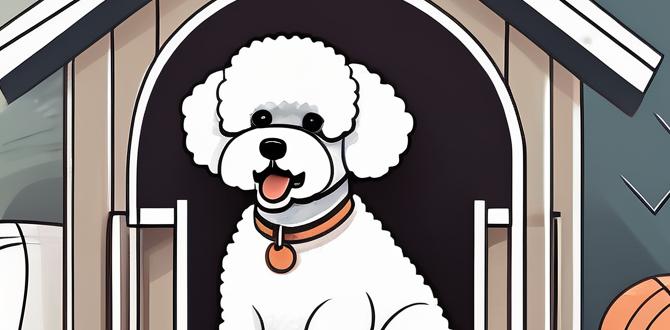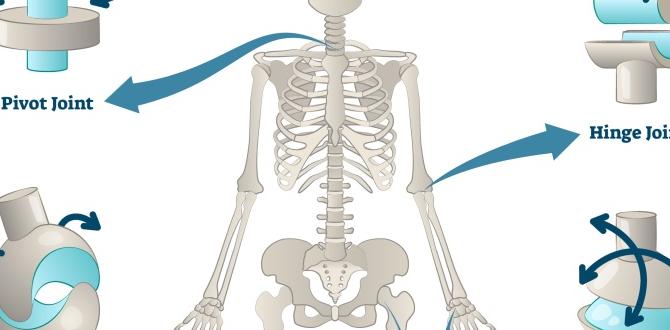Aggressive dog behavior solutions are a cornerstone of responsible pet ownership, and understanding how to address these issues is crucial for the safety and well-being of both the dog and the community. While it can be concerning to witness a dog exhibiting aggression, it’s important to remember that this behavior is often a symptom of underlying issues, not a personality flaw. Fortunately, with the right knowledge, patience, and professional guidance, many instances of canine aggression can be effectively managed and even resolved.
Understanding the Roots of Aggression
Before diving into effective fixes, it’s paramount to grasp the various reasons behind a dog’s aggressive displays. Aggression isn’t a monolithic behavior; it manifests in different forms and stems from a multitude of causes. Understanding the “why” is the first and most critical step towards finding the right “how.”
Fear-based Aggression: This is perhaps the most common type. A dog might lash out when it feels threatened, cornered, or overwhelmed. This can be triggered by unfamiliar people, other animals, loud noises, or seemingly innocuous objects. The dog is acting defensively, trying to create distance and escape the perceived danger.
Resource Guarding: Dogs inherently protect what they consider valuable, whether it’s food, toys, a favorite resting spot, or even their human companion. Aggression in this context is a warning to others to stay away from their “possessions.”
Pain or Medical Conditions: Sudden or uncharacteristic aggression can be a sign of an underlying medical issue. Pain from arthritis, an injury, or illness can make a dog irritable and more prone to snapping or biting when touched or approached. A vet check is always advisable.
Territorial Aggression: Dogs are naturally inclined to defend their space. This type of aggression is often directed at strangers or unfamiliar animals entering what the dog perceives as its territory, usually the home or yard.
Leash Reactivity: This is a common form of aggression seen when dogs are on a leash. It can be a combination of frustration, barrier frustration, fear, or excitement that the dog cannot express fully due to restraint.
Predatory Aggression: While less common in domestic settings, this instinct can be triggered by fast-moving objects or creatures, leading to chasing or even attacking small animals. It’s important to note this is different from aggression towards humans or other pets.
Social Aggression: Competition for status or social hierarchy within a group of dogs can sometimes lead to aggressive encounters. This is often seen among unfamiliar dogs meeting for the first time.
Effective Fixes: A Multi-faceted Approach
Once the root cause of the aggression is identified, a tailored plan can be implemented. It’s rare that a single solution will suffice; most successful interventions involve a combination of strategies.
1. Professional Guidance is Key
For significant or persistent aggression, consulting a qualified professional is non-negotiable. This doesn’t necessarily mean a breeder or a general obedience trainer. Look for:
Certified Applied Animal Behaviorists (CAABs): These professionals have advanced degrees in animal behavior and are highly qualified to diagnose and treat behavioral problems.
Veterinary Behaviorists (DACVB): These are veterinarians with specialized training in animal behavior and can diagnose medical causes as well as behavioral ones, often prescribing medication if necessary.
Positive Reinforcement Trainers with Aggression Experience: Some trainers specialize in aggression cases and use humane, science-based methods. Always inquire about their experience and methods.
These experts can accurately assess the dog’s behavior, identify triggers, and develop a personalized treatment plan. Self-treating serious aggression can be dangerous and ineffective.
2. Management and Prevention
While working on the underlying causes, effective management is crucial to prevent incidents and ensure everyone’s safety.
Muzzling: A properly fitted basket muzzle can prevent biting while allowing the dog to pant and drink. It’s a safety tool, not a punishment.
Leash Control: Keeping the dog on a leash in situations where aggression might surface is essential. Use a sturdy leash and a well-fitting harness or head halter for better control.
Confinement/Separation: When guests are over or when unsupervised, safely confine the dog to a designated area (crate, room, or behind a sturdy gate) where it feels secure and cannot interact with potential triggers.
Environmental Enrichment: Boredom and pent-up energy can exacerbate aggression. Ensure your dog has adequate physical and mental stimulation through walks, puzzles, training games, and appropriate chew toys.
3. Behavior Modification Techniques
These are the core of changing the dog’s emotional response and learned behaviors.
Desensitization and Counter-Conditioning (DSCC): This is a cornerstone of treating fear-based and reactivity aggression. The goal is to gradually expose the dog to the trigger at a level where it doesn’t react (desensitization) and pair that exposure with something highly positive, like delicious treats or a favorite toy (counter-conditioning). Over time, the dog learns to associate the trigger with good things instead of fear or anxiety. For example, if a dog reacts to other dogs, you might start by rewarding it for seeing another dog at a very far distance, gradually decreasing the distance as the dog remains calm.
Positive Reinforcement Training: Teaching basic obedience commands like “sit,” “stay,” “come,” and “leave it” can provide structure and improve communication between you and your dog. It also builds confidence.
Redirection: If you see your dog starting to show signs of arousal that could lead to aggression, redirect its attention to a more appropriate behavior or object. For instance, if it starts staring intently at a passing dog, ask for a “sit” and reward that.
4. Addressing Specific Types of Aggression
For Resource Guarding: Practice “trading up,” where you offer an even better reward for your dog to give up a guarded item. Never forcibly take items from a dog that is guarding them, as this will likely increase their anxiety and guarding behavior.
For Territorial Aggression: Manage the dog’s environment to reduce trigger exposure (e.g., block windows; use a privacy screen on fences). Work on DSCC with people approaching the territory, starting from a distance.
For Leash Reactivity: Focus on DSCC away from the triggers. Teach impulse control exercises and reward calm behavior when on leash, even if the trigger is very far away or not present.
Patience and Consistency are Paramount
It is vital to approach aggressive dog behavior solutions with a healthy dose of patience and unwavering consistency. Behavior modification takes time, and setbacks can occur. Celebrate small victories, and never punish aggressive behavior, as this can suppress warning signs and increase fear, making the situation more dangerous. By working closely with professionals, implementing careful management, and employing science-based behavior modification techniques, you can significantly improve your dog’s behavior and foster a more harmonious relationship.
Meet Elyse Colburn, the devoted canine companion and storyteller behind the enchanting world of “Tales, Tails, and Adventures Unleashed.” A passionate dog enthusiast with a heart full of paw prints, Elyse Colburn shares heartwarming tales and insightful adventures, celebrating the joy, loyalty, and endless antics that make every dog a true hero. Join Elyse Colburn on this tail-wagging journey, where every post is a love letter to our four-legged friends.






